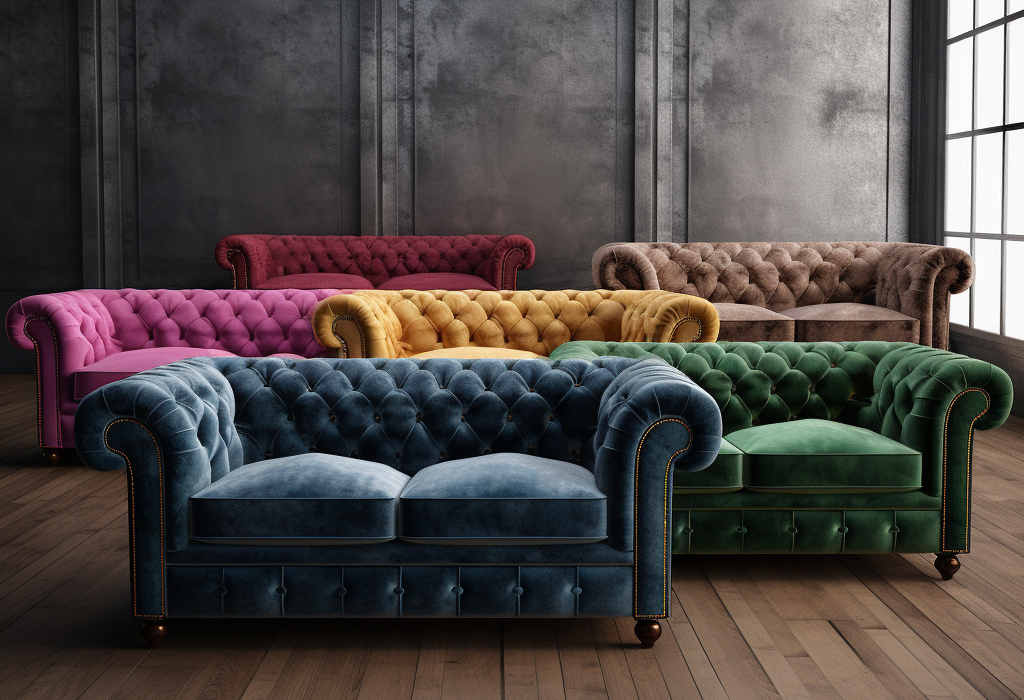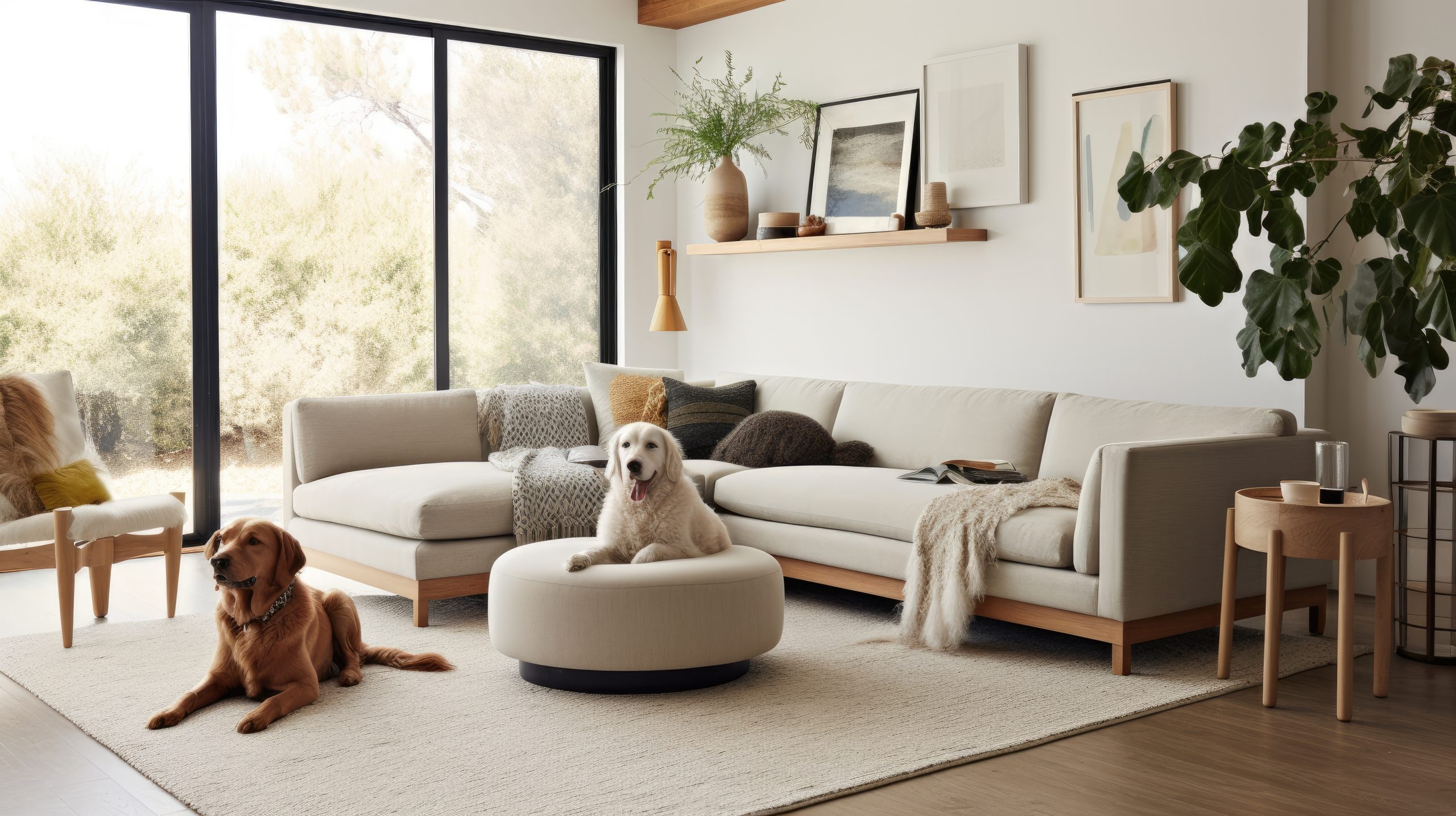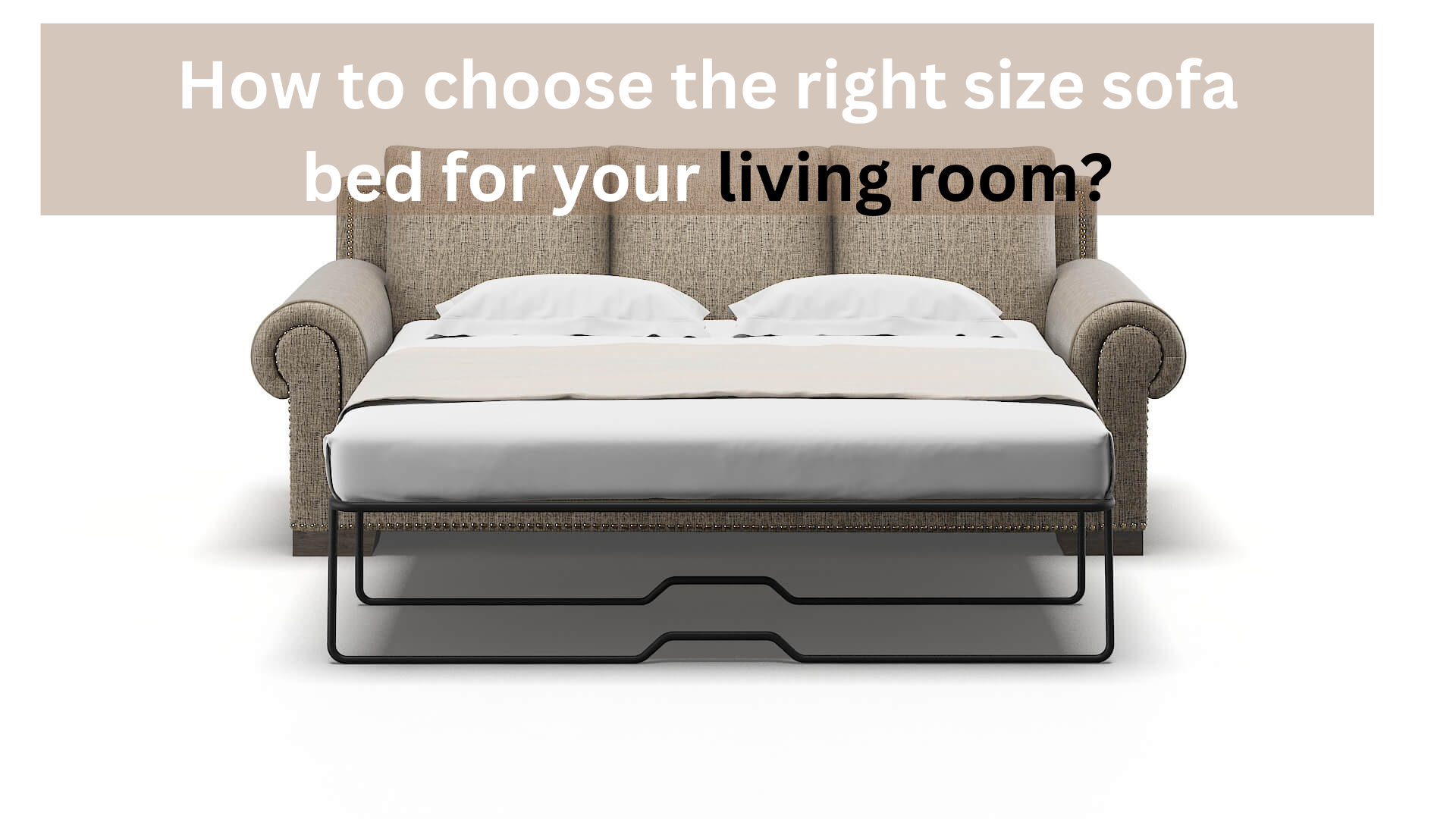
Sofa bed dimensions, This is How to Choose the Right Size

When choosing the ideal sofa bed for your living room, it’s crucial to emphasize the significance of size selection. A well-fitting sofa bed not only elevates comfort and visual appeal but also guarantees practicality without dominating the room. This comprehensive guide will delve into the intricacies of identifying the perfect sofa bed size, taking into account aspects such as room configuration, current furniture arrangement, and the versatile nature of sofa beds. By carefully examining these factors, you can ensure that your sofa bed complements your space seamlessly while providing a cozy and multifunctional seating solution.
Tips for Selecting the Right Sofa Bed Size
Selecting the right sofa bed size involves careful consideration of various factors to ensure it fits seamlessly into your space and meets your needs. Here are some tips to help you make the best choice:
Consider the available space:
Before choosing a sofa bed size, measure the available space in the room where you intend to place it. Consider the dimensions of extra space around the sofa bed when both folded up as a sofa and unfolded as a bed. Ensure there’s enough clearance around the sofa bed for easy movement when it’s in use as both a sofa and a bed.
Determine primary usage:
Think about how you plan to use the sofa bed most frequently. Will it primarily serve as seating during the day and occasionally be used as a bed for guests? Or will it be used regularly as a bed for overnight guests? Understanding the primary usage will help you decide on the appropriate size. For frequent use as a bed, you may want to prioritize comfort and opt for a larger full size mattress.
Account for comfort and functionality:
Comfort is key when selecting a sleeper sofa or bed size, especially if it will be used for sleeping regularly. Consider the thickness and quality of the mattress when unfolded as a bed. A larger sofa bed will typically offer more sleeping space and may provide better comfort for guests. Additionally, consider features such as adjustable backrests or armrests for added functionality and comfort when using the sleeper sofa as seating.
Match the style with the room decor:
Choose a sofa bed size that complements the style and decor of the room where it will be placed. Consider factors such as the color, upholstery fabric, and design elements of the sofa bed to ensure it harmonizes with the existing decor and floor space. A well-coordinated sofa bed can enhance the overall aesthetics of the room and create a cohesive look.
Budget considerations:
Finally, factor in your budget when selecting the right sofa bed size. Larger sofa beds with additional features and higher-quality materials may come at a higher price point. Determine your budget beforehand and explore options that offer the best balance of size, comfort, and affordability. Keep in mind that investing in a quality sofa bed can provide long-term comfort and functionality, making it a worthwhile investment.
By considering these tips, you can confidently choose the right sofa bed size that fits your space, meets your needs, and complements your room decor while staying within your budget.
Shop
Best Sellers
Not sure which fabric to choose? Choose up to ten samples and we'll ship them to you, free of charge.
Best Sellers
Collection
How to Measure for a Sofa Bed
To ensure that the sofa bed you choose not only fits in your space but also provides comfortable seating and sleeping, it’s essential to understand how to measure for a sofa bed. This is the same process for any type of sofa bed, including Chesterfield Sofa Beds.
Step-by-step measurement process:
- Measure the available space: Begin by measuring the length, width, and height of the area where you plan to place the sofa bed. Take into account any obstacles or furniture that may affect the placement or maneuverability of the sofa bed.
- Determine the clearance space: Ensure there’s enough clearance around the sofa bed for easy movement when it’s in use as both a sofa and a bed. Measure the distance from the walls, other furniture, and any doorways to ensure the sofa bed can be opened and used comfortably without obstruction.
- Measure for sofa bed dimensions: When measuring for the sofa bed, consider both its dimensions when folded up as a sofa and when unfolded as a bed. Measure the length and width of the sofa bed in both configurations to ensure it fits properly in the available space and provides enough sleeping area when fully extended.
- Check the mattress size: Pay close attention to the size and thickness of the mattress when unfolded as a bed. Measure the dimensions of the mattress to ensure it fits comfortably within the sofa bed frame and provides adequate support and comfort for sleeping.
Tools needed for accurate measurements of sofa bed dimensions
- Tape measure: A reliable tape measure is essential for accurately measuring the dimensions of the available space and the sofa bed.
- Pencil and paper: Keep a pencil and paper handy to jot down measurements and notes as you go through the measurement process.
- Level: Use a level to ensure the floor and any surfaces where the sofa bed will be placed are even and flat, which can affect the stability and functionality of the sofa bed.
Common pitfalls to avoid:
- Underestimating clearance space: Failing to measure for adequate clearance space around the sofa bed can lead to difficulty in opening and using it comfortably. Be sure to account for enough space for easy movement and access.
- Ignoring doorways and hallways: When measuring for the sofa bed, consider any doorways or narrow hallways it will need to pass through during delivery and installation. Measure these spaces to ensure the sofa bed can be maneuvered into the room without difficulty.
- Not considering mattress thickness: The thickness of the mattress when unfolded as a bed can vary depending on the sofa bed model. Be sure to measure the mattress thickness and factor it into your overall space considerations to avoid any surprises when the sofa bed is in use.
By following these steps and using the appropriate tools, you can accurately measure for a used chair or sofa bed and avoid common pitfalls, ensuring it fits perfectly in your space and meets your needs for maximum comfort and functionality.
Sofa bed queen size dimensions
The dimensions of a sofa beed in Queen size typically measure between 64 to 96 inches in width and 58 to 62 inches in depth when used as sofa. When converted into a Queen size bed, the Queen size mattress measures 60 inches by 80 inches, providing ample space for two adults to sleep comfortably. This size is perfect for accommodating guests without the need for a separate guest room, making it an excellent choice for smaller apartments or multifunctional living spaces. The Queen Sleeper Sofa combines the functionality of a spacious seating area with the convenience of a full-size bed, ensuring both comfort and practicality for your home.
Sofa Bed Dimensions Guide.
When shopping for a sofa bed, you’ll come across various sizes and dimensions. To help you make an informed decision, here is a guide to the most common sofa bed sizes available on the market:
Standard sofa bed dimensions and sizes sizes:
- Twin size: Typically around 39 inches wide and 75 inches long when unfolded as a bed.
- Full size: Also known as a double size, it’s around 54 inches wide and 75 inches long when unfolded.
- Queen size: One of the most common sizes, approximately 60 inches wide and 80 inches long when unfolded.
- King size: Less common but available, usually around 76 inches wide and 80 inches long when unfolded.
Variations in dimensions based on style and brand:
Different sofa bed styles and brands may offer a range of variations in dimensions. Some may have slimmer profiles or different arm designs that affect the overall width and length when unfolded. It’s essential to check the specifications provided by the manufacturer to ensure the sofa bed will fit properly in your space.
Understanding mattress sizes for sofa beds:
Sofa beds often come with various mattress options, including foam, innerspring, or memory foam mattresses. The thickness of the mattress can vary, affecting both the comfort and the dimensions of single bed when unfolded. Understanding the mattress size and thickness is crucial when selecting the right sofa bed for your needs.
Choosing the Perfect Size Sofa Bed for Your Living Room
| Sofa Bed Size | Sofa Dimensions (W x D x H) | Bed Dimensions (W x L) |
|---|---|---|
| Twin | 38″ x 75″ | 38″ x 75″ |
| Full | 54″ x 75″ | 54″ x 75″ |
| Queen | 60″ x 80″ | 60″ x 80″ |
| King | 76″ x 80″ | 76″ x 80″ |
Assessing the layout and flow of the room:
Consider the overall layout and flow of your living room when choosing a sofa bed size. Take into account the placement of other furniture, such as coffee tables and side tables, as well as traffic patterns within the room. Ensure there’s enough space for the sofa bed to unfold comfortably without obstructing pathways or other furniture.
Determining the ideal placement:
Once you’ve assessed the layout of the room, determine the ideal placement for the sofa bed. Consider factors such as natural light, focal points, and any architectural features that may influence the placement of furniture. Choose a location that provides easy access to the sofa bed and allows for comfortable use as both seating and sleeping.
Visualizing different size options:
Use visual aids such as floor plans or online room planning tools to help visualize how different sofa bed sizes will look and fit in your living room. Consider creating mock-up arrangements using cardboard or masking tape to simulate the size and placement of the sofa bed before making a final decision.
By carefully considering standard sofa bed and sheet sizes used, variations in the size sheets, dimensions, mattress options, and the layout of your living room, you can choose the perfect size sofa bed that enhances both the functionality and aesthetics of your space.
Shop
Best Sellers
Not sure which fabric to choose? Choose up to ten samples and we'll ship them to you, free of charge.
Best Sellers
Collection
Best Size Sofa Bed for Small Living Room
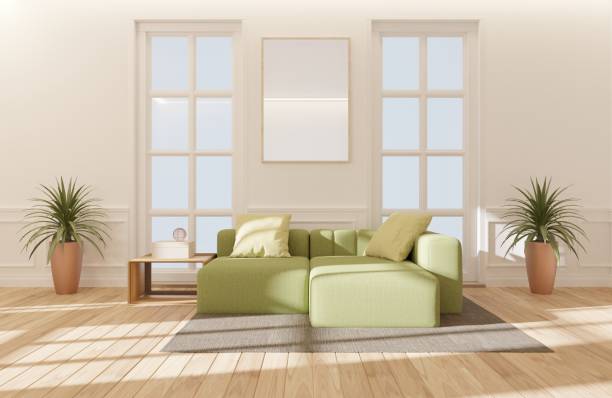
Strategies for using sofa bed mattresses to maximize space in a compact living area:
- Opt for a Sleeper Sofa: Choose a sofa bed with a streamlined design that seamlessly transitions from seating to sleeping space, eliminating the need for additional furniture.
- Consider a Loveseat Sleeper: In particularly tight spaces, a loveseat sleeper can provide both seating and sleeping accommodations without overwhelming the room.
- Utilize Trundle Beds: Trundle sofa beds feature a pull-out mattress stored beneath the main seating area, offering an extra sleeping surface without sacrificing floor space.
- Invest in a Futon: Futon sofa beds are versatile and compact, easily converting from a sofa to a bed with a simple folding mechanism, making them ideal for small living rooms.
- Explore Sectional Sofa Beds: Sectional sofa beds offer modular flexibility, allowing you to configure the seating and sleeping arrangements to suit your space while maximizing comfort.
Recommended sofa bed sizes for small rooms:
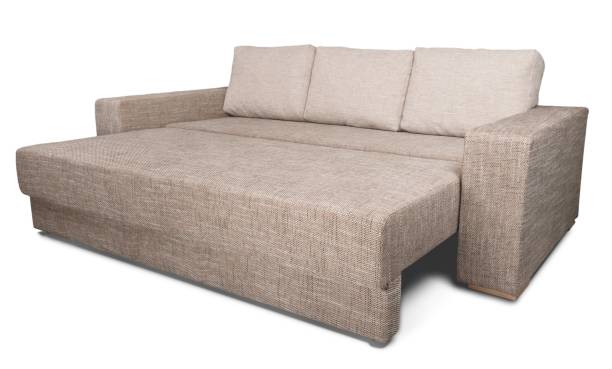
- Twin Sofa Bed: A twin-size sofa bed is an excellent choice for compact living rooms, providing ample sleeping space while conserving floor space during the day.
- Full Sofa Bed: Slightly larger than a twin, a full-size sofa bed offers more sleeping area while remaining suitable for smaller rooms.
- Loveseat Sofa Bed: Ideal for single sleepers or cozy couples, a loveseat sofa bed provides a compact sleeping solution without overwhelming the room’s proportions.
- Chair Sofa Bed: For the most limited spaces, a chair sofa bed offers a compact footprint while still providing a comfortable sleeping surface for one person.
- Customizable Options: Many furniture manufacturers offer customizable sofa bed sizes, allowing you to tailor the dimensions to fit your specific space requirements perfectly.
Sofa Bed Size Comparison
Size is an essential factor when choosing a sofa bed, and understanding the differences between different sizes can help you make the best decision for your own sleep needs. Here is a comparison of the most common sofa bed sizes to help you choose the perfect fit:
Factors to consider when comparing sizes:
- Available space: Measure the dimensions of the area where you plan to place the sofa bed and compare them with the dimensions of different sofa bed sizes to ensure a proper fit.
- Primary usage: Consider whether the sofa bed will primarily be used for seating or sleeping and choose a size that accommodates both needs comfortably.
- Comfort: Larger sofa beds generally offer more sleeping space and may provide better comfort for guests. Consider the thickness and quality of the mattress when comparing sizes.
- Style and aesthetics: Choose a size that complements the overall style and decor of your room while providing the desired functionality.
- Budget: Larger sofa beds with additional features may come at a higher price point. Consider your budget when comparing different sizes and features to find the best option that meets your needs.
- Maneuverability: Ensure there’s enough clearance space around the sofa bed for easy movement when it’s in use as both a sofa and a bed. Consider factors such as doorways, hallways, and other furniture that may affect maneuverability.
- Sleeping capacity: Consider how many people you need the sofa bed to accommodate comfortably. While larger sizes may offer more sleeping space, they may also take up more room in your living space.
- Customization options: Some manufacturers may offer customization options for sofa bed sizes, allowing you to tailor the dimensions to better suit your specific needs and space requirements.
How to Determine Sofa Bed Size.
If you’re unsure of what sofa bed size will work best for your living room, here are some simple steps to help you determine the right sofa sleeper size:
Factors influencing the choice of sofa bed size:
Choosing the right side sleeper sofa size or bed size requires consideration of several key factors that influence its suitability for your space and needs.
- Available Space: The primary factor influencing sofa bed size is the amount of available space in the room where it will be placed. Measure the dimensions of the area to determine the maximum size of sofa bed that can comfortably fit without overcrowding the room.
- Room Layout: Consider the layout of the room, including the placement of doors, windows, and other furniture. Ensure there’s enough clearance space around the sofa bed for easy movement when it’s in use as both a sofa and a bed.
- Primary Usage: Determine how the sofa bed will primarily be used. If it’s mainly for occasional guests, a smaller size may suffice. However, if it will be used regularly for sleeping, opting for a larger size with a more comfortable mattress may be preferable.
- Comfort Requirements: Consider the comfort level you desire when using the sofa bed as both seating and sleeping furniture. A larger sofa bed typically offers more space and a more comfortable sleeping surface, especially for taller individuals.
- Aesthetic Preferences: Think about how the sofa bed will complement the overall aesthetic of the room. Choose a size and style that harmonizes with the existing decor and enhances the visual appeal of the space.
Shop
Best Sellers
Not sure which fabric to choose? Choose up to ten samples and we'll ship them to you, free of charge.
Best Sellers
Collection
Decision-making process based on room size and usage.
When choosing the best size sofa bed for your living room, it’s crucial to consider the size of the room and how you plan to use the sofa bed. Here are some tips on making a decision based on these factors:
- Assess Room Size: Start by measuring the dimensions of the room where the sofa bed will be placed. Consider the length, width, and height of the space to determine the maximum size of sofa bed that can fit comfortably without overwhelming the room.
- Evaluate Usage Needs: Determine how frequently the sofa bed will be used and for what purpose. If it’s primarily for occasional guests, a smaller size may suffice. However, if it will serve as the primary sleeping option for regular use, a larger size with enhanced comfort features may be necessary.
- Consider Multi-functionality: If the room serves multiple purposes, such as a living room that also functions as a guest room, consider a sofa bed with additional features like storage compartments or convertible designs that maximize space efficiency.
- Test Fit: If possible, physically test out different sofa bed sizes in the room to get a sense of how they will look and feel in the space. Use masking tape or cardboard cutouts to simulate the size and placement of the sofa bed before making a final decision.
- Budget Considerations: Finally, consider your budget constraints when selecting the sofa bed size. While larger sizes may offer more comfort and functionality, they may also come with a higher price tag. Balance your preferences with your budget to find the best option that meets your needs.
By carefully considering the factors influencing the choice of sofa bed size and following a systematic decision-making process based on room size, usage needs limited space used, and budget considerations, you can select the perfect sofa bed that fits seamlessly into your space and enhances your comfort and functionality.
Conclusion
Finding the ideal sleeper sofa requires striking a balance between space, comfort, style, maneuverability, and budget. Whether you’re in the market for the classic charm that different sleeper sofas provide or the modern functionality of a chaise sectional, ample options exist to satisfy your needs. Key considerations such as the thickness of sofa cushions, the resilience of a gel memory foam mattress, and the specific dimensions tailored to your living space all play pivotal roles in your decision-making process. Our DreamSofa collection caters to every preference, from sophisticated designs that transform with ease to particular sleeper sofa models that epitomize relaxation and durability. Uncover the perfect blend of style, convenience, and comfort with our sleeper sofas, and provide your guests with the ultimate slumber experience on a plush gel memory foam mattress. Elevate your living space today with a Dream Sofa that harmoniously combines elegance with practicality, ensuring that the heart of your home is as inviting as it is aesthetically pleasing.
FAQs
What is the standard size for a sofa bed?
The most common sizes for sleeper sofas are queen, full, and twin. Queen size is generally considered the standard size for a sofa bed, providing ample space for two adults to sleep comfortably.
Can I customize the dimensions of my sofa bed?
Yes, some manufacturers offer customization options for sofa bed sizes to fit your specific living space needs. Contact the manufacturer or retailer for more information on customization options.
How often should I replace the mattress on my sofa bed?
It is recommended to replace the mattress on your sofa bed every 3-5 years, depending on usage and maintenance. Regularly rotating and flipping the mattress can also help prolong its lifespan.
Are there any safety concerns with using a sofa bed?
It’s essential to follow the manufacturer’s guidelines for properly operating and maintaining the sofa bed to ensure safe usage. A sturdy frame, secure locking mechanisms, and proper placement within the room are key factors in ensuring safety when using a sofa bed.
What are the best materials for a comfortable sleeper sofa?
Gel memory foam mattresses and high-density foam cushions are popular options for providing a comfortable sleeping experience on a sleeper sofa. Additionally, fabrics such as microfiber or velvet can add to the overall comfort of the sofa bed. Ultimately, personal preference and trial and error may be necessary in finding the best materials for your specific comfort needs.
